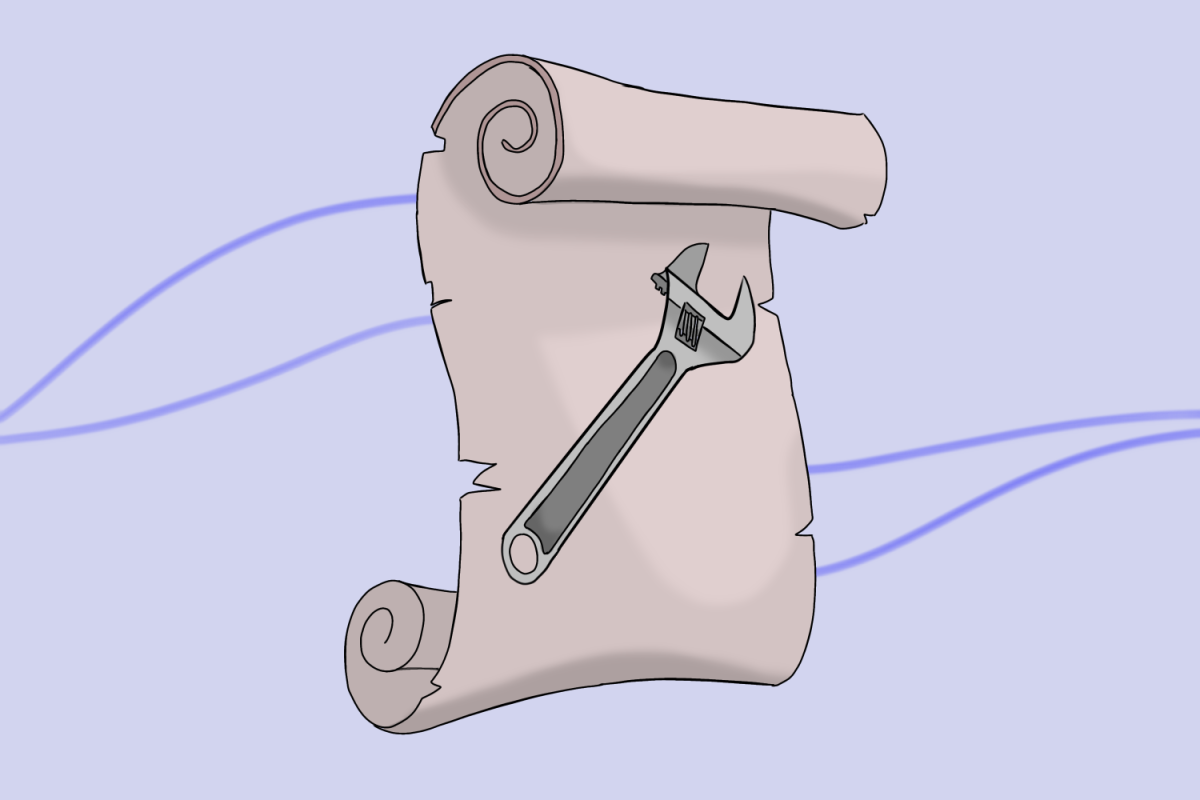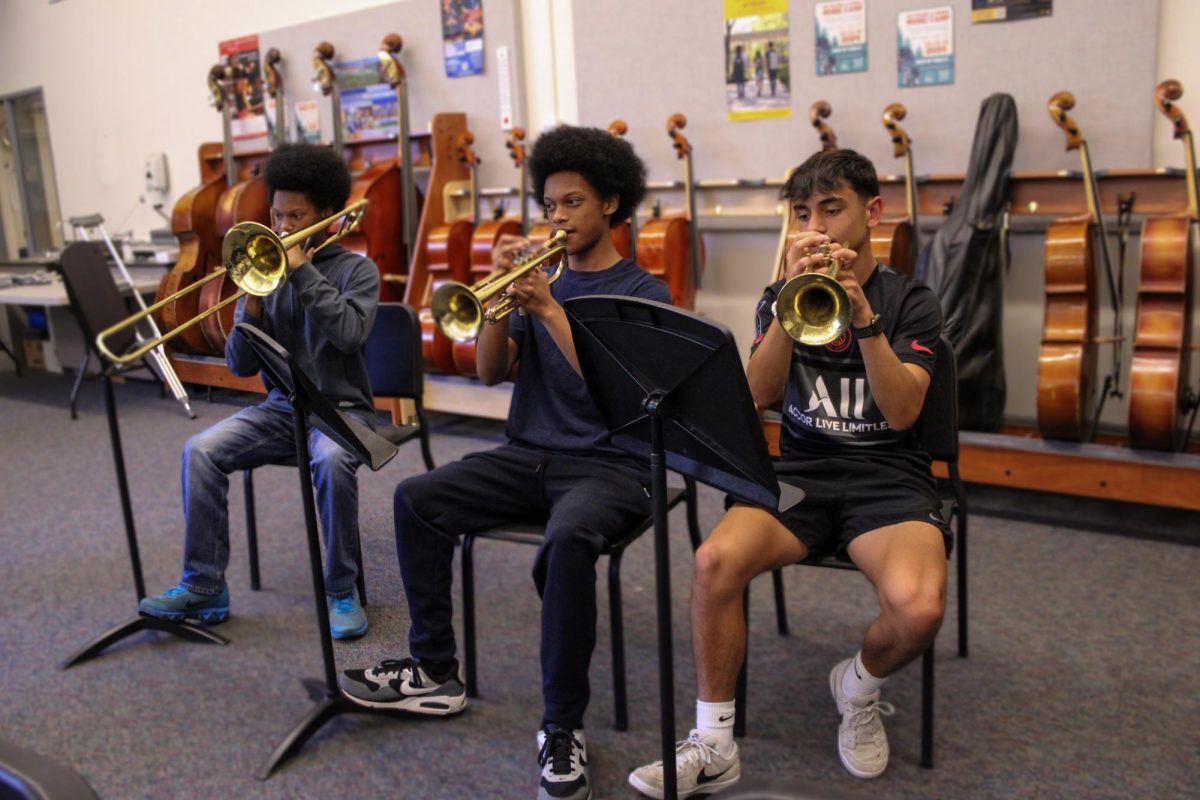Reaching the moon is costly and meticulous, but keeping afloat the infrastructure needed for a spacefaring agency during a pandemic adds a new layer of complication.
The National Aeronautics and Space Administration (NASA) has many high priority projects lined up for 2021 and the coming years, but functioning remotely with little on-site work causes costly delays and setbacks.
“This is a really big problem. NASA has been trying to understand how much the added cost for all the projects is. Because if things are slower, and if you have to take extra things into account like to pay for masks, it adds up,” NASA Chief Roboticist Terry Fong said.
Adding to the economic struggles, many of NASA’s deadlines still have to be met, making it increasingly tough on workers. Spacebound rockets have set dates for when they leave, and you cannot simply change which rocket a payload goes on because a ticket costs hundreds of thousands of dollars.

“For every new test we want to perform, we have to come up with a safety plan and get it approved by center management. This causes a lot of delays and makes it harder, especially when we’re working on a flight project with very tight deadlines,” said Vinh To KBR (NASA Contractor), the project manager.
Moreover, limited access to on-site work environments and equipment present on the NASA campus grounds poses an issue for workers who are used to having access to cutting-edge technology.
“Since we’re working on a flight project, we just can’t take the hardware home to test. Even small sensors and computers cost $50,000 to $500,000. We really can’t take the rover home and test it in the backyard. The hardware we’re testing is too expensive and too big to take home and test,” To said.
The economic burdens NASA endures are similar to the effects that the pandemic has all over the country.
According to the Brookings Institution, the U.S. gross domestic product (GDP) dropped 9.1% in the second quarter of 2020. The quarterly GDP has never dropped more than 3% since 1947.
Despite the setbacks of these trying times, some positives have emerged.
“For some projects where you work with people in other locations, everything’s become more equal because we all work together online. People who are working remotely are no longer at a disadvantage anymore. Whereas before, you might have people working in a room and some calling on the phone, and it’s hard for them to hear and communicate,” Fong said.
Additionally, while not having to commute and working from home is nice, NASA is carefully working on bringing things back to normal.
Compared to other companies, NASA’s resources allow them to take a more structured and complex approach to ensure their workers’ safety while returning to on-site work.
Fong said, “Unlike other companies, we have to do special training with online classes, and there’s very careful management of who can come on the campus.”
NASA’s medical staff is working on the Framework for Return to On-Site Work (RTOW), a four-stage process to safely transition back to complete on-site work. NASA is currently in stage three, the second stage of RTOW. This entitles that access to the NASA campus is limited to high priority tasks and must be approved by center management.
Furthermore, the NASA campuses are highly advantageous for dealing with a pandemic and isolating potential safety threats. Campuses are closed off, and security checkpoints monitor everything that goes in and out.
Nevertheless, despite the urge to get back to normal work, NASA is taking the safest approach despite the potential costs. The agency has been cautious about implementing further access to its campuses, and until the COVID-19 vaccines are more readily available, things are likely to remain at a standstill.
“NASA is just going to be very, very slow, and I expect that I may still be working from home a year from now,” Fong said.














